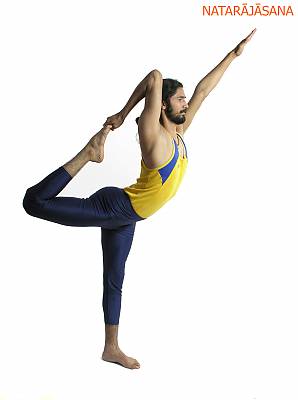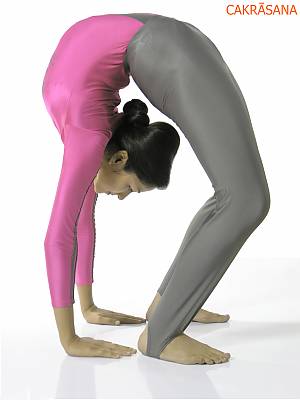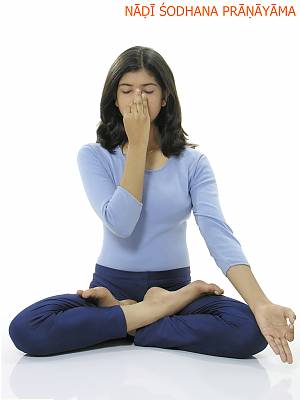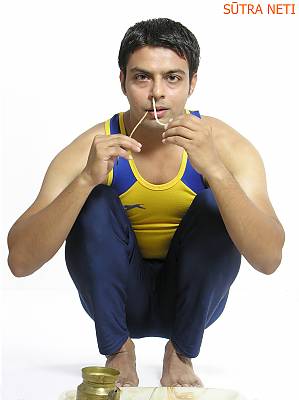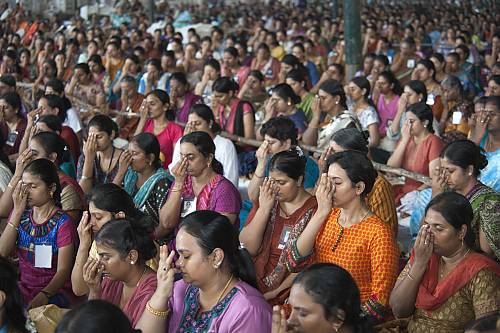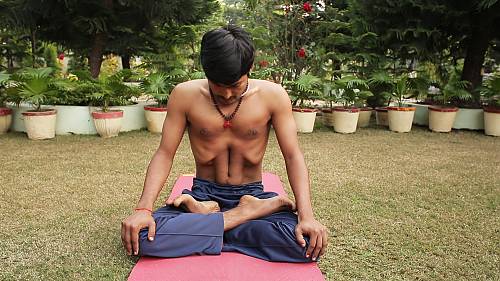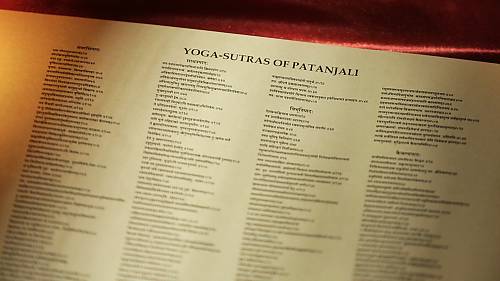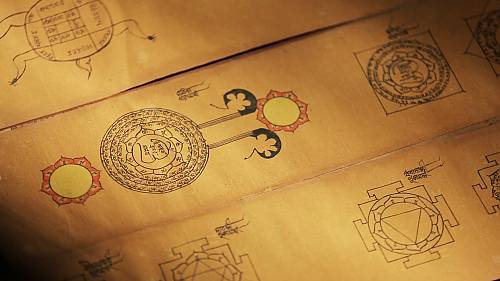Yoga
Inscribed in 2016 (11.COM) on the Representative List of the Intangible Cultural Heritage of Humanity
The philosophy behind the ancient Indian practice of yoga has influenced various aspects of how society in India functions, whether it be in relation to areas such as health and medicine or education and the arts. Based on unifying the mind with the body and soul to allow for greater mental, spiritual and physical wellbeing, the values of yoga form a major part of the community’s ethos. Yoga consists of a series of poses, meditation, controlled breathing, word chanting and other techniques designed to help individuals build self-realization, ease any suffering they may be experiencing and allow for a state of liberation. It is practised by the young and old without discriminating against gender, class or religion and has also become popular in other parts of the world. Traditionally, yoga was transmitted using the Guru-Shishya model (master-pupil) with yoga gurus as the main custodians of associated knowledge and skills. Nowadays, yoga ashrams or hermitages provide enthusiasts with additional opportunities to learn about the traditional practice, as well as schools, universities, community centres and social media. Ancient manuscripts and scriptures are also used in the teaching and practice of yoga, and a vast range of modern literature on the subject available.

